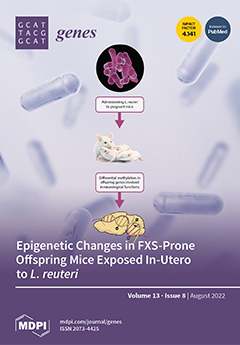The MYB (v-myb avian myeloblastosis viral oncogene homolog) transcription factor family plays an important role in plant growth, development, and response to biotic and abiotic stresses. However, the gene functions of MYB transcription factors in sweet potato (
Ipomoea batatas (L.) Lam) have
[...] Read more.
The MYB (v-myb avian myeloblastosis viral oncogene homolog) transcription factor family plays an important role in plant growth, development, and response to biotic and abiotic stresses. However, the gene functions of MYB transcription factors in sweet potato (
Ipomoea batatas (L.) Lam) have not been elucidated. In this study, an MYB transcription factor gene,
IbMYB308, was identified and isolated from sweet potato. Multiple sequence alignment showed that IbMYB308 is a typical R2R3-MYB transcription factor. Further, quantitative real-time PCR (qRT-PCR) analysis revealed that
IbMYB308 was expressed in root, stem, and, especially, leaf tissues. Moreover, it showed that
IbMYB308 had a tissue-specific profile. The experiment also showed that the expression of
IbMYB308 was induced by different abiotic stresses (20% PEG-6000, 200 mM NaCl, and 20% H
2O
2). After a 200 mM NaCl treatment, the expression of several stress-related genes (
SOD,
POD,
APX, and
P5CS) was upregulation in transgenic plants, and the CAT activity, POD activity, proline content, and protein content in transgenic tobacco had increased, while MDA content had decreased. In conclusion, this study demonstrated that
IbMYB308 could improve salt stress tolerance in transgenic tobacco. These findings lay a foundation for future studies on the R2R3-MYB gene family of sweet potato and suggest that
IbMYB308 could potentially be used as an important positive factor in transgenic plant breeding to improve salt stress tolerance in sweet potato plants.
Full article






